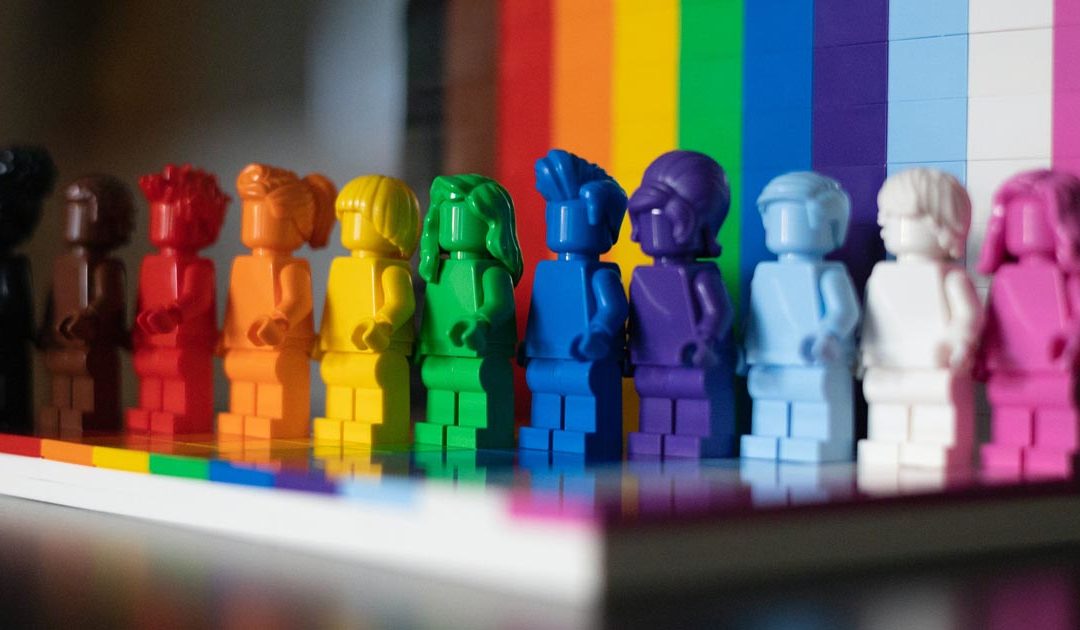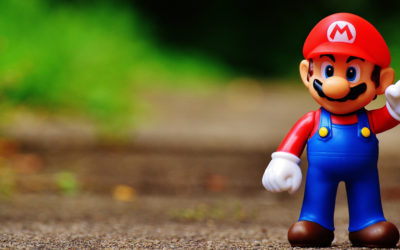Every Friday, when the clock hits 5:30 and signals the end of the work week for me and my associates, I wish everybody a good weekend and provide a Moment of Zen. It started out as just a funny picture or some cool photography I found online, and slowly evolved into short essays of a random topic that I either know a lot about, or spent time reading up on over the course of the week. Some are silly while others are heartwarming, although I usually try to cover topics in a way that will keep people up at night. I’m bad at introductions so this one is about Pride Month.
The US has come a long way over the last 50 years, and every June the store shelves and marketing messages from thousands of companies become more colorful in support of the struggles and victories of the LGBTQ+ community. From rainbow-colored Oreos to extremely extravagant parades, Pride month has found its way into the capitalism calendar, and while that’s good, I think it cheapens the history and the struggle associated with it. It’s also really important to look back at how hard people had to struggle to get to where we are today.
So how did Pride month begin?
It originated in 1969, in a bar in Greenwich Village, a neighborhood in lower Manhattan.
The bar was the Stonewall Inn. It was a gay bar, in a neighborhood that was one of the few places on Earth that openly accepted gay, lesbian, and transgendered or non-binary people. Throughout the 60s, it wasn’t uncommon for bars like these to get raided by the police, and Stonewall was an important business in the area. It was large, affordable, and for a community of people who were often considered at the time to be obscene and criminalized, safe.
It was their bar, in their community.
It wasn’t new for the LGBTQ+ community to have to stand up for their rights either, but what became known as the Stonewall Riots laid the foundation for Pride month and has been celebrated every year since.
On the morning of June 28th, 1969, a bunch of plain-clothes police officers raided the bar, assaulting and harassing customers. I’ll spare you the details, but it wasn’t pretty, and it wasn’t justified. They were arresting people simply on the pretext of being gay, lesbian, or trans. 13 people were arrested, and the riot got out of hand. The people fought back. With bricks!
(I’m no lawyer, but I’m pretty sure bricking police officers isn’t technically a crime)
The next year, protest marches to commemorate the rebellion walked in Chicago, NYC, Los Angeles, and a few other major cities, and before long, it became a nationwide, and then a worldwide tradition. It sparked the modern LGBTQ+ civil rights movement, and even though we’ve still got a long way to go, has made the world safer and more accepting for millions of people. It hasn’t been easy, and there has been a lot of violence and persecution committed towards this community over the last several decades, but the world has come a long way.
Just 50 years ago, it was illegal for the LGBTQ+ community to even exist, to be themselves. Most of us can’t imagine how it would feel to be considered illegitimate, to have the person you are not be accepted in the world you were born into, let alone to have it be unlawful for you to be who you are.
Today, there are 11 openly LGBT members of the 117th congress, including two senators. 49 US states have had at least one elected LGBTQ official (fuck you, Mississippi). That’s something worth celebrating, and proof that society is headed in the right direction.
Even still to this day, things are still hard for people in the LGBTQ+ community, and at the very least, we can all acknowledge that these individuals exist, and make sure they get the same dignity as everyone else. There are still plenty of people and institutions, as well as thorns baked into the very fabric of our culture that make life a little harder for these individuals. There are still laws in place that prohibit the rights of certain types of individuals based on how they identify themselves or who they choose to partner with. Most people who identify has gay, lesbian, bi, queer, or trans have had to deal with the struggles of being accepted by their friends, classmates, coworkers, parents, and other people they are close to, and for many, it isn’t always a positive experience. The situation has improved, for sure, but it’s still extremely challenging.
You don’t need to understand what another person is, but you can still have a genuine, strong concern for the welfare of that person, and you can support, accept, and advocate for the equal rights of everyone. Approaching the topic with that mindset and being a role model for kindness and inclusion will go a long way and help make the world feel safer for everyone.
I promise, next week’s Moment of Zen will about how scary gamma rays are or something.




